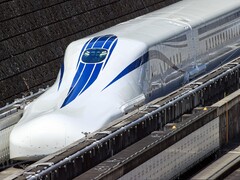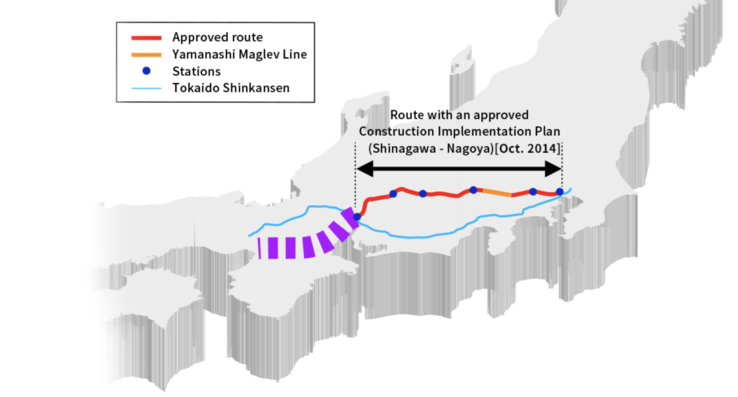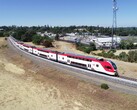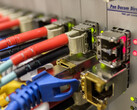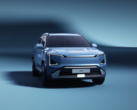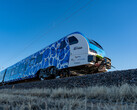It has been apparent for some time now: the Chūō Shinkansen between Nagoya and Tōkyō (more precisely Shinagawa) will not be completed on time. The target date of 2027 will no longer be met, as reported by the International Railway Journal. The deadline was already shaky in January (PDF). The maglev train was supposed to relieve the load on the Tōkaidō Shinkansen in a few years and offer a particularly fast connection. As reported by Japan Times, the line is no longer expected to open before 2034.
The Chūō Shinkansen is expected to run between the two cities at a speed of over 500 km/h and only take 40 minutes. In contrast, the Shinkansen, which uses wheel-rail technology, takes around 91 minutes with the fastest train category (Nozomi), more than double the time. An extension to Shin-Ōsaka would have been the next step. This is still planned, but delays are expected on this section.
More trains stopping more often
By relieving the Shinkansen, more regional Shinkansen trains (Hikari, Kodama) could run on the old line. Central Japan Railway plans to reduce the number of Nozomi category trains.
At peak times, a Shinkansen runs from Tōkyō every three minutes in some cases. As the station in the capital, which technically operates as a terminus station, only has six tracks (tracks 14 to 19) and every arriving train is cleaned before the next departure, it is hardly possible to increase the frequency any further.
The Shinkansen (*), which is almost completely separated from the normal rail network, is very well equipped for train overhauls, but even this has its limits. A slow all-stop Kodama must first get back into line behind an overtaking Nozomi and pick up speed before a Hikari train, for example, can catch up behind it. This concept ensures the extreme punctuality rates of the Shinkansen. Narrow-gauge railroads in Japan, on the other hand, are prone to delays in some regions.
Governor resigns
The debate also has a highly political component. On Tuesday, for example, the governor of Shizuoka surprisingly announced his resignation. He was considered an opponent of the Maglev project and made a misstep a few days ago with a speech to new staff: "Unlike (those) who sell vegetables, raise livestock and make things, you are fundamentally highly intellectual people." This triggered 430 complaints by Tuesday evening Japan time.
Maglev supporters are now hoping for fewer problems with the construction of the maglev tunnel through Shizuoka, where the main concern is environmental. The prefecture fears that the tunnel construction will affect the groundwater level, which is why construction has not yet begun in Shizuoka, while other parts of the Chūō Shinkansen have long been under construction.
(*) On the way to Hokkaido, the Shinkansen runs through a tunnel with three tracks, which can also be used by narrow-gauge freight trains.
Source(s)
SCMaglev website via IRJ und Japan Times




